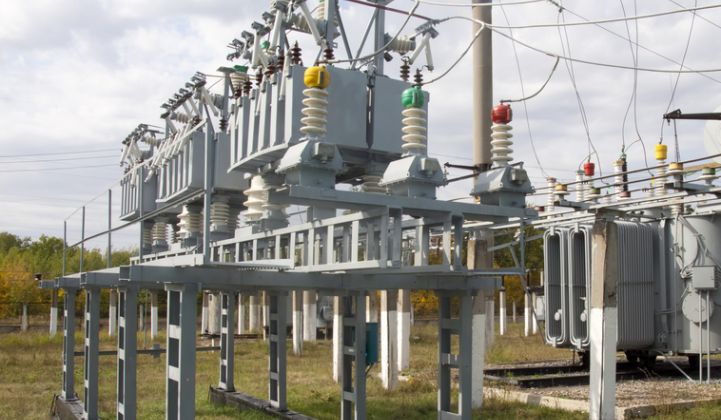The United States needs to spend $2.1 trillion over the next 30 years to modernize the electricity grid and prepare for more renewable energy, according to a report from the International Energy Agency.
While the country’s “energy policy landscape has fundamentally changed” since 2008, it still faces some serious barriers to reaching its carbon reduction and energy independence goals, according to the agency.
The report leans heavily on data collected for IEA’s 2014 World Energy Outlook, released last month, which called for a redistribution of government subsidies from fossil fuels to green energy. In its U.S.-specific analysis, the agency finds the country in a “strong position to deliver a reliable, affordable and environmentally sustainable energy system,” largely due to its boom in “unconventional” natural gas and oil resources.
But the gains of the past six years could be reversed if the key federal supports for renewable energy and efficiency investment are taken away, IEA Executive Director Maria van der Hoeven warned in a prepared statement.
"Long-term development of a sustainable electricity sector requires clarity. This means predictable, effective national policies to encourage investment, greater coordination to encourage the integration of renewables, and a common understanding on the future of nuclear power," she said.
The report cites the uncertainty about whether the wind power production tax credit (PTC) will be re-authorized as one example of the on-again, off-again nature of U.S. clean energy policy.
“Such uncertainty continues to undermine investor confidence and contributes to the volatile pattern of annual wind deployment. Alternatively, extending the PTC for a fixed period of time while gradually reducing its level to zero on a permanent basis would provide greater investor certainty and spur continued reductions in wind costs."
Similar uncertainties for solar energy incentives and renewable fuels standards threaten to take their toll on their respective industries, the report notes. That’s a problem, because the U.S. wants to double its share of renewable energy from 2012 to 2020. But investment in renewable energy has actually declined worldwide from 2011 to 2013, driven by deteriorating economic conditions in Europe, and in the U.S. by the same natural-gas boom that’s driven down power prices. (It's also partly caused by the declining cost of some technologies.)
The U.S. is also in the midst of a major transformation of its power grid, which was a special focus of the full report. IEA data shows that the American power sector will need $2.1 trillion of new investments between 2014 and 2035, including 579 gigawatts of new generating capacity, 1.3 million kilometers of new distribution lines, and “extensive refurbishment of both the transmission and distribution networks.”
Much of that new investment will be in the form of wind and solar farms in far-off places and the transmission lines to get the power to where it’s needed. The Edison Electric Institute has highlighted $60.6 billion in transmission investments that will be necessary to modernize the transmission system through 2024, and three-quarters of that is in support of new renewable resources.
“System resilience, especially in the aftermath of Hurricane Sandy and other recent weather-related reliability events, remains a concern,” the report added.
Likewise, U.S. utility distribution grid investment has been rising over the past two decades, according to the U.S. Energy Information Administration. But it still lags behind in needed maintenance and upkeep, according to this recent report card from the American Society of Civil Engineers.
Unfortunately, the IEA report found that “[d]espite the advantages offered by investment in smart grids” for resilience and renewable integration, “market take-up has been slow. Market frameworks and regulations should encourage private-sector investment in these advanced technologies and practices.”



